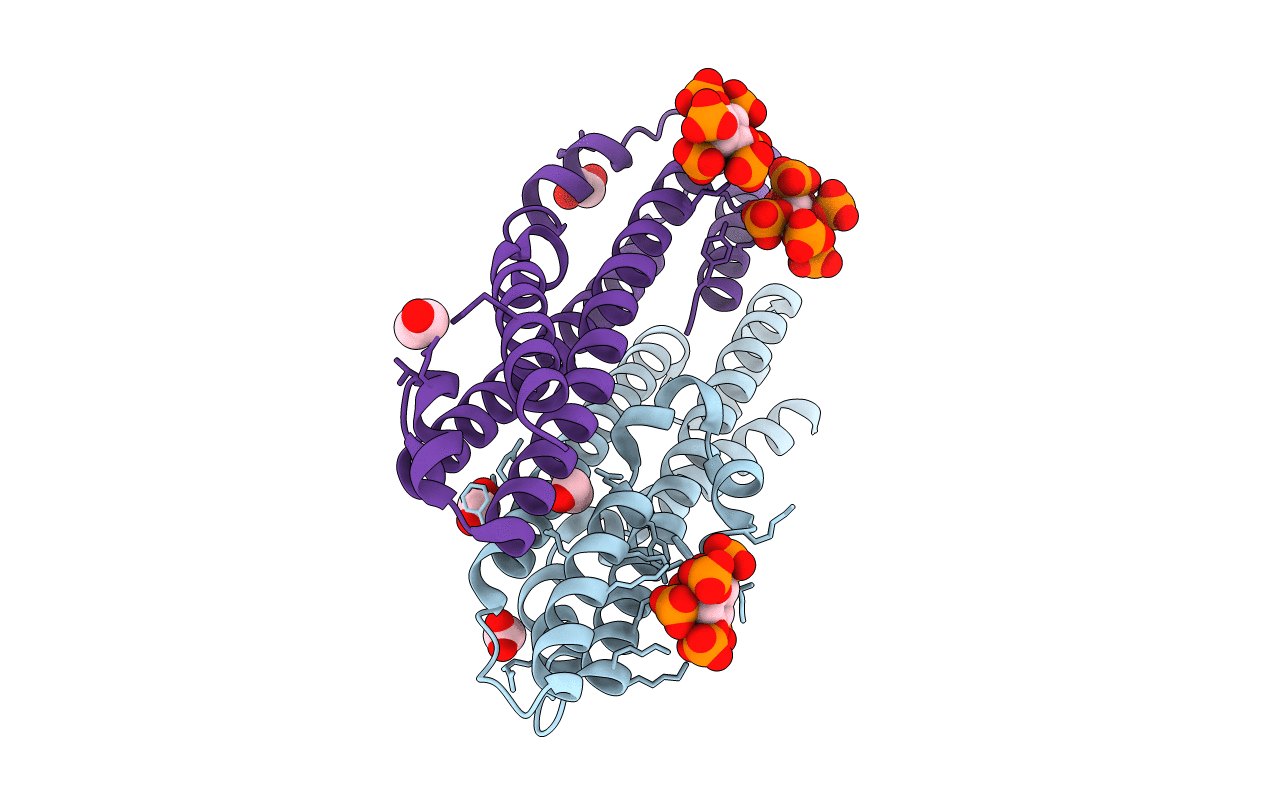
Deposition Date
2016-03-02
Release Date
2016-04-27
Last Version Date
2024-01-10
Entry Detail
PDB ID:
5IJJ
Keywords:
Title:
Structure of the SPX domain of Chaetomium thermophilum Glycerophosphodiester Phosphodiesterase 1 in complex with inositol hexakisphosphate (InsP6)
Biological Source:
Source Organism:
Chaetomium thermophilum (Taxon ID: 209285)
Host Organism:
Method Details:
Experimental Method:
Resolution:
1.95 Å
R-Value Free:
0.25
R-Value Work:
0.20
R-Value Observed:
0.20
Space Group:
C 1 2 1


